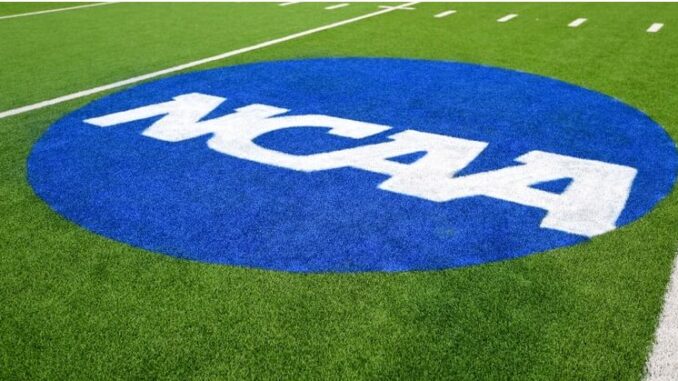
The NCAA Division I Council decided on Wednesday to phase out the National Letter of Intent program, marking a significant shift in recruiting practices. Since 1964, the NLI has served as a badge of endorsement for schools on National Signing Day, but that will change going forward. A document obtained by On3 reveals that the NLI will be replaced with a new financial aid agreement and revenue-sharing contract. On3’s Pete Nakos spoke with Josh Newberg about this major development and its implications for the future: “It’s not being completely eliminated, but it will be quite different from what we’ve known for over 50 years,” Nakos noted. “Revenue sharing is set to be introduced in college sports, starting in the 2025-26 academic year, meaning the current recruits will be the first class to benefit from these revenue-sharing funds.”
“The NCAA took this step today because they need to redefine what a binding agreement means for athletes given the significant financial implications, which is why the National Letter of Intent is being eliminated. There will still be binding documents in the future that will require restructuring, but for now, the National Letter of Intent is officially no longer in effect as we knew it. “This was a crucial step toward the final goal.” Recruits will not be allowed to sign more than one valid aid agreement, and, per the document, recruiting must cease once an athlete commits to a school. The Early National Signing Day is scheduled for Wednesday, December 4, while February’s National Signing Day will take place on Wednesday, February 5, 2025.
The removal of the NLI is happening just under two months before the Early Signing Period for the 2025 cycle. With the House v. NCAA settlement expected to take effect in the 2025-26 academic year, incoming signees are stepping into a new era where the financial aid agreement and revenue sharing will take the place of the NLI. However, Nakos notes that determining the exact structure of the December signing period is still a complex task.
“I don’t think we have a clear picture of what December 4 will look like this year, especially after today’s decision, which is just 10-11 weeks away,” he said. “One thing we do know is that athletes will still enroll in universities and will want to share their college choices. With the current landscape of NIL and upcoming revenue sharing, we’re likely to see more athletes announcing their financial arrangements, whether with a third-party collective or their institution. “I anticipate that it will become much more complicated. When athletes start receiving revenue-sharing payments from a collective or the institution, things will get even more confusing than they already are.”

Leave a Reply